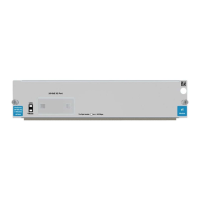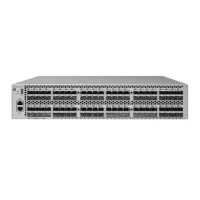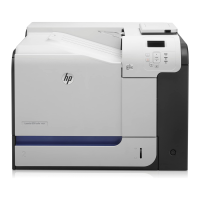126 • Configuring and Running SSH2 HP NonStop SSH Reference Manual
Obviously any change to CI-PROGRAM that was made using format "TELNET <ip-address> <port>" with an IPv6 IP
address for the <ip-address> part will no longer work in an IPv4 environment and must be changed back to using an IPv4
address.
Similarly, any changes to RESTRICTION-PROFILE that include IPv6 addresses should be reverted. If a copy of
restriction profiles had been made, then simple rename commands will be sufficient:
RENAME RESTRICTION-PROFILE <active-profile-name>, <saved-IPv6-profile>
RENAME RESTRICTION-PROFILE <saved-IPv4-profile>, <active-profile-name>
For example:
RENAME RESTRICTION-PROFILE ABC, ABC_IPV6
RENAME RESTRICTION-PROFILE ABC_copy, ABC
If there are RESTRICTION-PROFILE records left containing IPv6 addresses/patterns, then these do not represent a
problem: these IPv6 addresses/patterns would just not match when checked against IPv4 addresses being processed by an
SSH2 process without IPv6 support.
IPv6 addresses stored in the ADDRESSES field of KNOWNHOST entities will be ignored by SSH2 processes without
IPv6 support. A KNOWNHOST entry with an IPv6 address as part of the name cannot be modified or removed using an
SSH2 version without IPv6 support but an SSH2 process that supports IPv6 started in ADMIN mode can be used to do
that, if required.
A pre-IPv6 SSH2 process builds the key (name of PASSWORD entry) using an IPv4 address and will therefore not find
any entries containing IPv6 addresses; that is, no change is required when reverting to a pre-IPv6 SSH2 release. Such
PASSWORD entries cannot be modified or deleted using an SSH2 release without IPv6 support. But again, an SSH2
process that supports IPv6 started in ADMIN mode can be used to do that, if needed.
